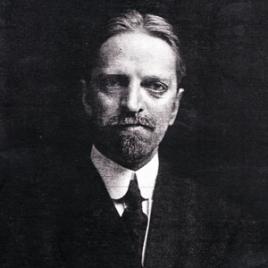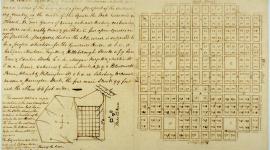Pioneer Information
Born in Ramapo, New York, Robinson earned a B.A. from the University of Rochester in 1891. Upon graduating he traveled to Europe where his study of cities inspired his later writings. Returning to the U.S., he worked early on as an editor for the Post Express in Rochester, the Philadelphia Ledger, and New York City’s Municipal Journal.
Robinson’s writings for the Post Express were published in 1899 as the book Third Ward Traits, and that same year, the Atlantic Monthly published a series of articles that he wrote, entitled “Improvement in City Life.” The success of the series led Harper’s Magazine to commission an analogous series on municipal developments in Europe. While abroad, Robinson accumulated the materials he needed to produce his book The Improvement of Towns and Cities; or The Practical Basis of Civic Aesthetics (1901). He moved to Boston to write a second volume Modern Civic Art, published in 1903. His growing success led him to contribute to The Architectural Record, The Boston Transcript, House and Garden, Landscape Architecture, and The American City, among others. His third book The Width and Arrangement of Streets was later republished as City Planning: with Special Reference to the Planning of Streets and Lots.
While in Boston, Robinson was acting secretary of the American Park and Outdoor Art Association, later the American Civic Association, a position which he resigned to work in city planning. His commissions included city improvement plans for Buffalo, Denver, Detroit, and Colorado Springs among others.
In 1913, the University of Illinois appointed Robinson Chair of Civic Design, the first position of its kind in the U.S. He began teaching at the school, while remaining active in many organizations across the country, among them the American League for Civic Improvements; National Alliance of Civic Organizations; and the National Conference on City Planning.
















